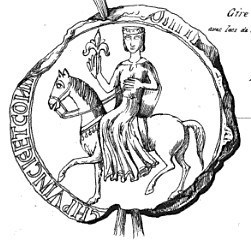Lenora Rogers's Blog, page 124
November 16, 2015
WonderGround Gallery Presents Artist Joey Chou Throughout November
 Originally posted on Art Quench Magazine:
Originally posted on Art Quench Magazine:



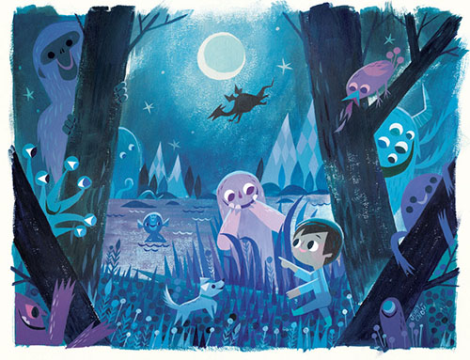

Joey Chou
An alumni and gra...
November 15, 2015
“We walked in the clouds and could not see our way”
November 14, 2015
What is Steampunk?
 Originally posted on Airships, Anarchists & Anachronisms:
Originally posted on Airships, Anarchists & Anachronisms:
We seek inspiration in the smog-choked alleys of Victoria’s duskless Empire. We find solidarity and inspiration in the mad bombers with ink stained cuffs, in whip-wielding women that yield to none, in coughing chimney sweeps who have escaped the rooftops and joined the circus, and in mutineers who have gone native and have handed the tools of the masters to those most ready to use them (“What Then, Is Steampunk?” 1).
Steampunk began a...
The Haunted Bedroom (Creepy History 17)
 Originally posted on Windows into History:
Originally posted on Windows into History:
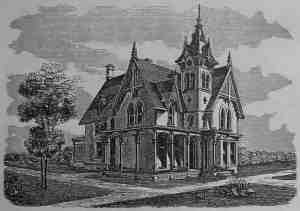 The following ‘true story’ (pinch of salt required) is from Apparitions by Joseph Taylor, published in 1814. The book was also the subject of Creepy History 1, posted on 1st October.
The following ‘true story’ (pinch of salt required) is from Apparitions by Joseph Taylor, published in 1814. The book was also the subject of Creepy History 1, posted on 1st October.
A young gentleman, going down from London to the west of England, to the house of a very worthy gentleman, to whom he had the honour to be related; it happened, that the gentleman’s house was at that time full, by reason of a kinswoman’s wedding, that had lately been ke...
November 12, 2015
Murcks Family Chair Caning and Seat Weaving
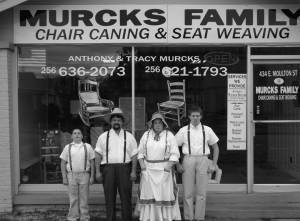
History of Caning
Chair caning is a form of basketry dating back to Egyptian times. A bed that was caned was found to be among the possessions in King Tut’s tomb. Caned bottom chairs were a popular thing in the 17th and 18th century in Europe, mostly used by the affluent. In America chair seats were normally made of wood or some even weaved their own with cattails. In the 1830’s and 1840’s factory’s were starting to turn them out fairly quickly because cane bottom chairs required very little...
Sanchia of Provence, Queen of the Romans
 Originally posted on History... the interesting bits!:
Originally posted on History... the interesting bits!:
One of 4 sisters, all of whom became queens, Sanchia of Provence was born in Aix-en-Provence in about 1228. She was the 3rd daughter of Raymond Berengar V, Count of Provence, and his wife Beatrice of Savoy.
Sanchia was 7 years younger than her oldest sister, Marguerite, who married Louis IX of France in 1234. Her 2nd oldest sister, Eleanor, was 5 years older her senior and married Henry III of England in 1236. Sanch...
November 10, 2015
The Great Fire of Boston, November 9-10, 1872
Abraham Lincoln’s Grandson: “Jack”
 Originally posted on Presidential History Blog:
Originally posted on Presidential History Blog:
Abraham Lincoln never lived to see any of his grandchildren.
Robert Todd Lincoln & Family
Abraham Lincoln’s eldest son Robert was twenty-one when his father was assassinated. He had completed his undergraduate studies at Harvard, and planned to re-enroll in Harvard’s law school once he was discharged from the Union Army. Abraham Lincoln had agreed.
That, of course, never would happen.
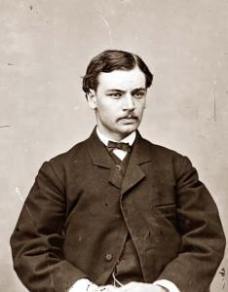 After Abraham Lincoln’s death, Robert Lincoln became the ma...
After Abraham Lincoln’s death, Robert Lincoln became the ma...
The Keegans of Bray: Reconstructing the Story of A Famine-Era Emigrant Family
 Originally posted on Irish in the American Civil War:
Originally posted on Irish in the American Civil War:
Regular readers will be aware that I have become captivated by using Widow and Dependent Pension Files to reconstruct the stories of mid-19th century Irish emigrant families. Naturally, given the material available, these stories can never be more than partial, incomplete windows into aspects of their lives, and need to be treated as such. Nonetheless, I believe the files offer the best opportunity to follow many of these Famine-era emigr...
Whitby Abbey, North Yorkshire, by Edward White
 Originally posted on The Journal of Antiquities:
Originally posted on The Journal of Antiquities:
 Whitby Abbey,North Yorkshire (photo by: wilson44691 – Wikipedia)
Whitby Abbey,North Yorkshire (photo by: wilson44691 – Wikipedia)
OS grid reference: NZ 9030 1122. On theheadland of the east-cliff (up the famous 199 steps)and above the seaside town of Whitby, north Yorkshire, stand the formidable ruins of Whitby Abbey, which was initially founded as a priorysometime after 1078 by Reinfrith, then in c 1105 it became a Benedictineabbey.It was finally dissolved on 14th December, 1539. On the same site back i...




